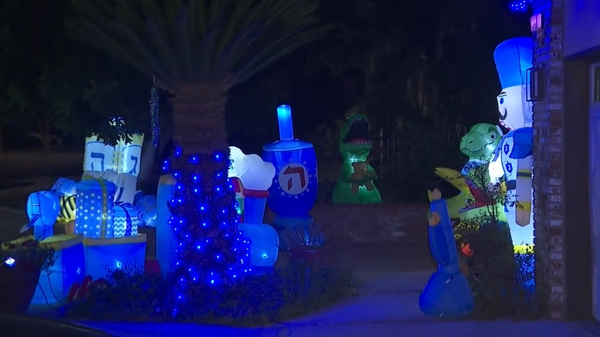
Ford has hit a few speed bumps trying to turn a 120-year-old company into an electric vehicle powerhouse.
But as CEO Jim Farley pushes the auto giant to compete with the likes of Elon Musk’s Tesla and China’s BYD, he says he’s found the secret to success—and it’s surprisingly basic.
“I found out that people who buy electric vehicles just want really good shit,” Farley said at an event Wednesday “They don’t want science projects, they want really great product.”
In a conversation with Uber CEO Dara Khosrowshahi at GE’s “The Lean Mindset” event in New York, Farley recalled scrapping the initial design for the Mustang Mach-E in 2017 after he saw the project and thought it looked too much like a Toyota Prius, a design he has derided as “a joke.”
“I saw it and I was like, no,” Farley said. “We gotta lean into what we’re really good at, like Mustangs and pick-up trucks.”
The decision appears to have paid off: In August, Mustang Mach-E sales surged 61% year over year, making it the second-best-selling electric SUV in the U.S., behind only Tesla’s Model Y, according to Electrek.
However, the push to an EV future is proving to be an expensive bet.
In July, Ford predicted that its EV division, dubbed Ford Model e, would lose $4.5 billion in 2023, a 50% jump from the losses it previously forecast in March.
Charging the cars also isn’t easy, something Farley experienced firsthand during a recent test drive of an F-150 Lightning across Route 66.
After waiting 40 minutes for a low-speed charger to get his battery to a 40% charge, the CEO admitted in a video posted to X, formerly known as Twitter, that the “pretty challenging” process was a “really good reality check.”
Starting this spring, charging speed should improve, as Ford and GM drivers will be able to use Tesla’s Supercharger network, thanks to a new partnership announced in June.
Competing with Tesla—and itself
Farley likens Ford’s early EVs as the “first-inning products in a nine-inning game.” He says the next phase of development has required the company to lean into the principles of kaizen, the Japanese model of continuous improvement popularized by Toyota–Ford’s competitor and Farley’s former employer.
“We actually had to have a revolution on the engineering of the product for simplicity and for cost reduction,” Farley explained, recalling the company’s restructure last year.
To adapt to a changing auto landscape, Farley split the company into three units: Ford Model e, centered around an EV future; Ford Blue, centered around the internal-combustion business; and Ford Pro, the existing commercial arm.
“I don’t have the time for internal combustion engine people to learn about electric vehicles and digital embedded vehicle architecture,” Farley explained. “I had to set up almost a competing organization that has some dependency on each other.”
Farley credits the move with helping to cut costs from Ford’s manufacturing and supply chain “so that I can compete when Tesla cuts their price $20,000, which they now have.”
While the auto giant is still tweaking its lineup for the second generation of electric vehicles, Farley says the company’s changing mindset is helping it along.
“Sometimes kaizen are little improvements everyday, and sometimes kaizen means completely rewriting your entire engineering approach,” he said.







